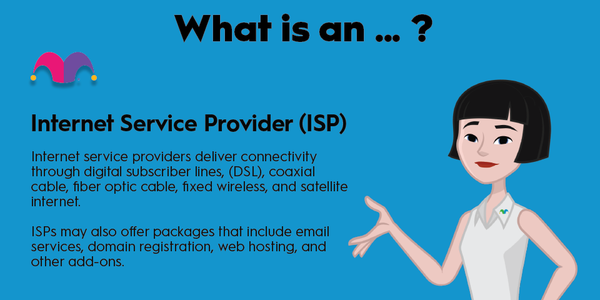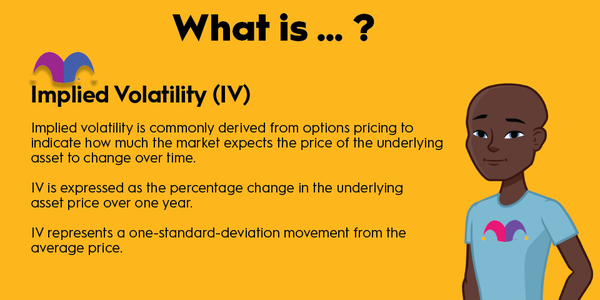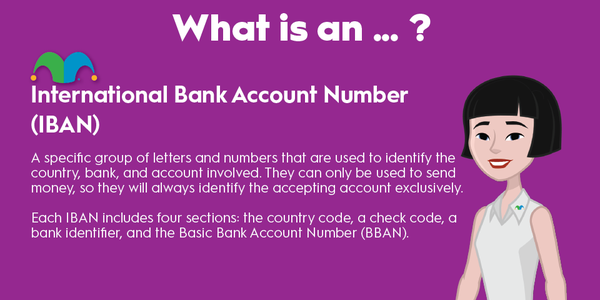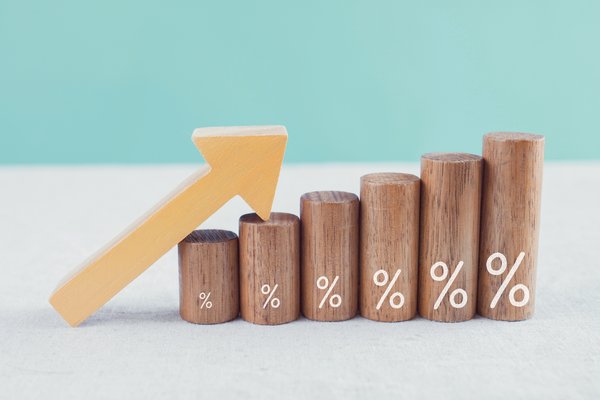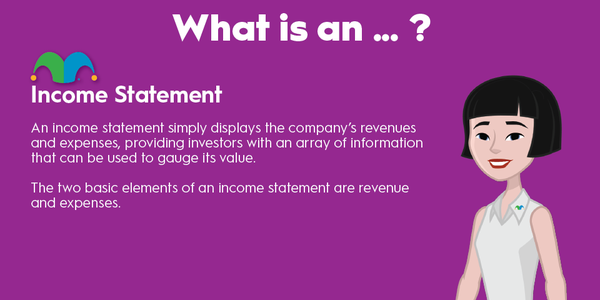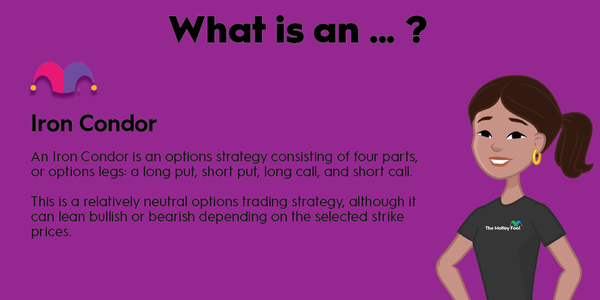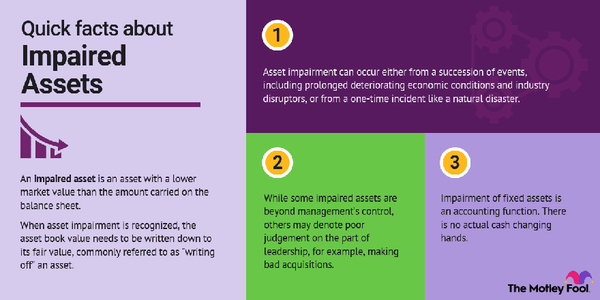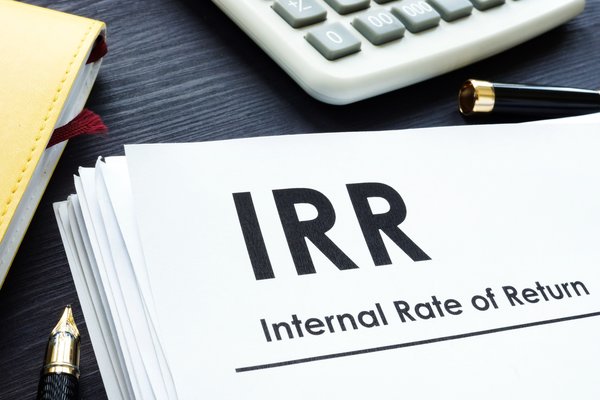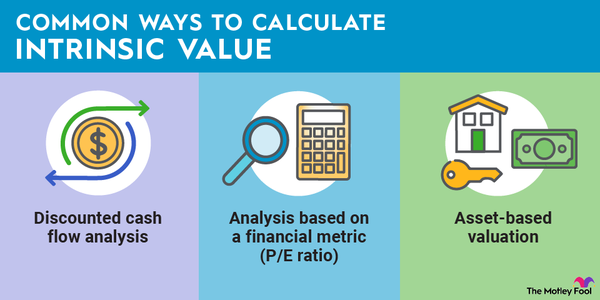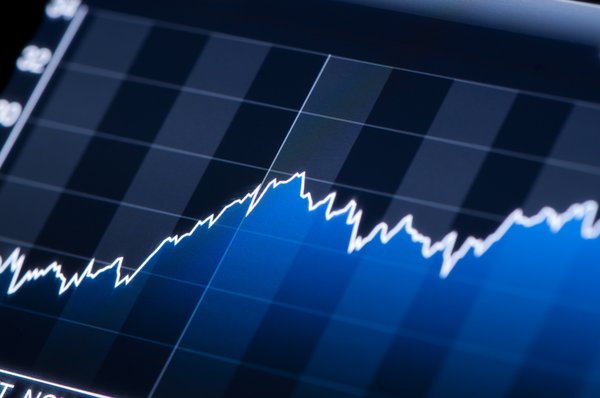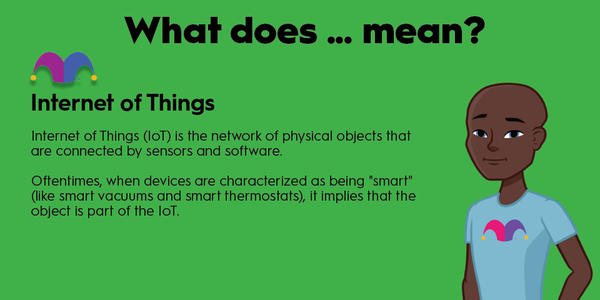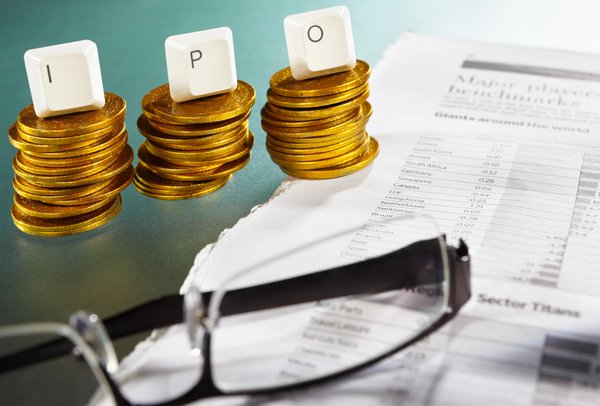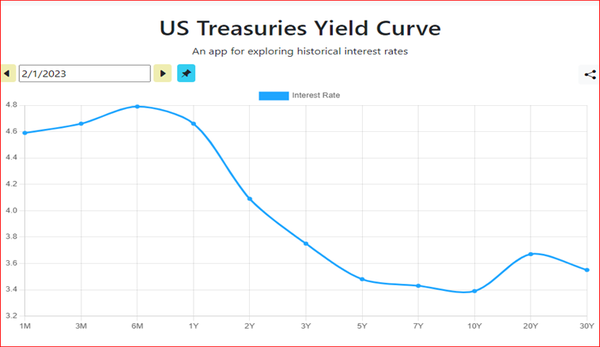Even novice investors have probably heard the term "IPO" before. IPO stands for "initial public offering" in the stock market. A privately held company that completes an IPO offers shares of itself to the public for the first time. The newly issued shares begin trading on a stock exchange such as the New York Stock Exchange or the Nasdaq.
What does it mean when a company goes public? It means that it completes an IPO (or similar process) and makes its stock available to investors. Shares of pre-IPO companies or private companies are generally owned by just a small group of company insiders and employees, as well as early investors such as venture capitalists.
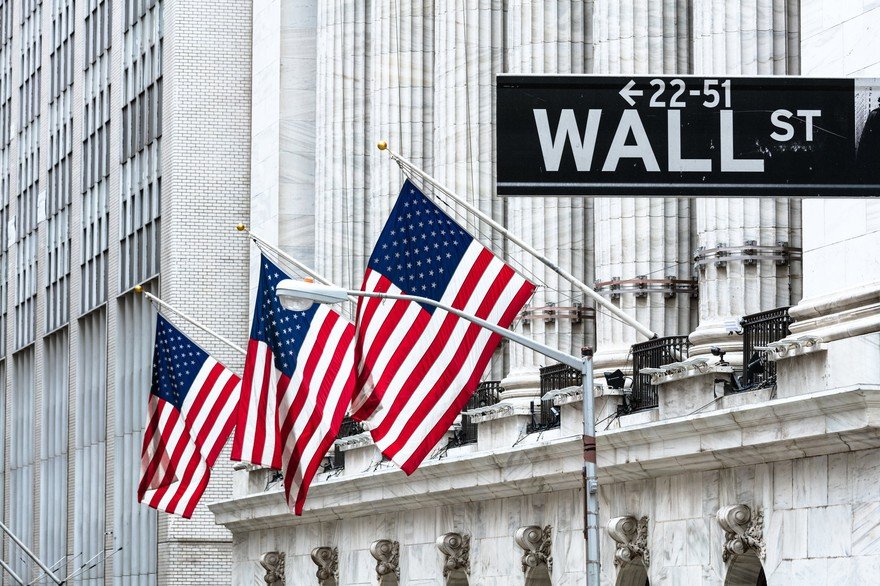
How does an IPO work?
How does an IPO work?
Any privately held company can go public through an IPO. Companies that complete IPOs are often fast-growing companies in the tech industry or another high-growth sector. However, they can also be mature companies -- such as Petco (WOOF 0.0%) and Levi Strauss (LEVI 0.19%) -- that are owned by private equity firms seeking to exit their positions. Some of the most attractive IPOs are "unicorns," or tech start-ups valued at more than $1 billion in the private markets.
When a company is ready to go public, it hires an investment bank (or several banks) to underwrite the IPO. Generally, a company goes public after it has a proven track record of growth and other favorable results that are attractive to investors. Banks underwrite IPOs by committing money to buy the shares being offered before they're listed on any public exchange.
Another role of the underwriter is to perform due diligence on the company to verify its financial information and analyze its business model and prospects. With the help of the underwriter, the company files a registration statement with the Securities and Exchange Commission (SEC), which includes its prospectus. The purpose of the filing is to provide detailed information on the company's finances, business model, and growth opportunities.
The company often meets with institutional investors such as pension funds, foundations, and endowments to make sure the IPO has buyers. After an initial block of shares is sold, the company and its underwriters set an initial public price and a date for the stock to begin trading on a public exchange.
On IPO day, the company's stock becomes available to the general public, and the stock then trades among investors on the open market.
Why do companies pursue IPOs?
Why do companies pursue IPOs?
The primary benefit of going public is easier access to capital. The money raised from an IPO can be used for expansion, research and development, marketing, and other purposes.
IPOs also reward equity holders in the company. Executives, employees, and others who own equity stakes can easily sell their holdings, generally after a lock-up period of six months once the stock is publicly traded. The lock-up period helps stabilize the stock price by preventing insiders from selling all their holdings immediately after the IPO.
While private companies are valued based on private funding rounds, which can be burdensome and time-consuming, public companies are valued based on the market price. There's no additional work for the company to do to raise its valuation, and stock prices have the potential to appreciate much faster than private company valuations, assuming the business warrants it.
There are also drawbacks to going public since companies are required to adhere to SEC reporting requirements. Publicly traded companies must issue regular disclosure statements, release their financial results, and conduct quarterly earnings calls, among other requirements. Public companies have fiduciary responsibilities to their shareholders and satisfying their demands can cost management control, time, and money -- especially if an activist investor takes an interest in the stock.
Alternatives to IPOs
Alternatives to IPOs
The traditional IPO process isn't the only option for going public. Increasingly, companies are going public through direct listings. Among the stocks that have gone public through direct listings in recent years are Spotify (SPOT 0.2%), Slack (now owned by Salesforce) (CRM 0.42%), Coinbase (COIN 5.68%), Roblox (RBLX 1.35%), and Amplitude (AMPL 1.02%).
In a direct listing, a company simply allows the stock to begin trading on a public exchange such as the Nasdaq or the New York Stock Exchange. No new shares are issued. Rather, the direct listing gives insiders an opportunity to sell their shares on the open market. Going through a direct listing avoids many of the fees associated with underwriters and the need to go through a "road show," or presenting the investment opportunity to institutional investors. It also eliminates the lock-up period necessary for IPOs, allowing insiders and employees to immediately sell their shares.
A direct listing doesn't raise new capital the way an IPO does; no new shares are offered. It's also riskier in some ways than an IPO since there isn't an underwriter to help drum up demand for the stock. Direct listings tend to work best for well-known companies with an interested investor base and a clear value proposition.
Dutch auctions are also an option for companies seeking to go public without an IPO, although they are less common. Alphabet (GOOG 9.96%) (GOOGL 10.22%) is perhaps the best-known company to go public through a Dutch auction, using the technique in 2004. In a Dutch auction, potential buyers list the price they're willing to pay, and, when the company believes the price is high enough, it sells new shares at that price. Unlike a direct listing, Dutch auctions raise new capital.
Are IPO stocks good investments?
Although IPOs can be good for the issuing companies, they're not always great for individual investors. Investing in IPOs can be profitable, but it is generally much riskier than investing in blue chip stocks or mature companies. The prices of newly issued stocks often fluctuate wildly on the first trading days because it's not always easy for the stock to find its equilibrium price.
However, IPO stocks can generate huge returns when they succeed. Some of today's top public companies completed their IPOs just a few years ago:
- Facebook parent Meta Platforms (NASDAQ:FB) debuted on the Nasdaq for $38 a share in 2012 and now trades at prices above $300.
- Tesla (TSLA -1.11%) priced its 2010 IPO at a split-adjusted $3.40 per share. The stock price skyrocketed in 2020 and is now above $1,000 a share, representing a gain of roughly 30,000%.
- E-commerce juggernaut Shopify (SHOP 1.11%) has jumped more than 6,000% from its 2015 IPO price of $17 to more than $1,000.
Of course, for every big IPO winner, there are a number of losers, most of which are quickly forgotten by the market. Lyft (LYFT 1.87%), for example, debuted in 2019 at $72, but it is down roughly 50% since then. The ridesharing company was hit hard by the COVID-19 pandemic, and visions of self-driving cars haven't been fulfilled. Earlier high-profile tech IPOs such as GoPro (GPRO 1.17%) and Fitbit also flopped, leading to billions of dollars in losses for investors.
Related Investing Topics
IPO stocks can be great investments, but, historically, most underperform the market. The stock market, especially the S&P 500 (SNPINDEX:^GSPC) -- as a large-cap benchmark index -- is generally composed of successful, profitable companies. Failing and failed companies don't continue to be listed by major indexes.
IPO stocks, which are unproven, may not live up to their potential. Before investing in IPO stocks, take the time to vet the issuing companies carefully.
FAQs
What does IPO stand for?
Initial public offering
What does IPO mean?
IPO refers to the time when a privately held company offers shares of itself to the public for the first time, trading on a stock exchange such as the New York Stock Exchange or the Nasdaq.
What does it mean when a company goes public?
It means that that company has made its stock available to retail investors for the first time.
Should you invest in IPOs?
You should invest according to your personal risk tolerance, with the knowledge that most IPOs underperform the market.
